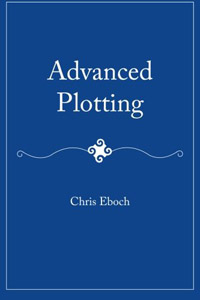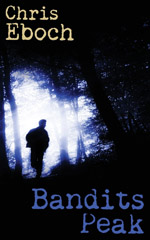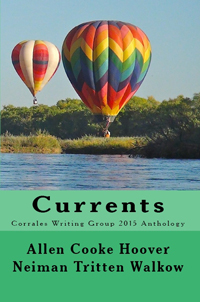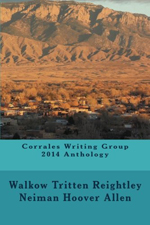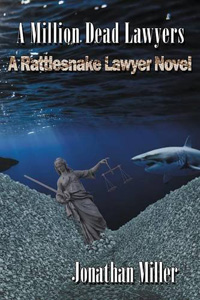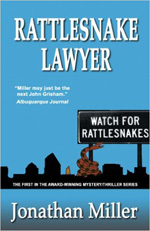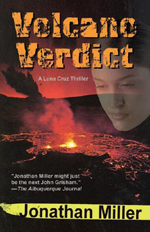Paula Paul is a native Texan who began her writing career as a newspaper journalist. She now makes her home in Albuquerque, New Mexico where she writes “extraordinary stories that touch the heart and challenge the mind.” Her 28 books (including mysteries, historical fiction, YA, and literary novels) have been released through major publishers, as well as small presses. For Dead Men Only (Alibi, 2016) is the fifth book in her Dr. Alexandra Gladstone historical mystery series. You can find Paula on Facebook and her website at PaulPaul.net.
 What is the elevator pitch for your newest novel, For Dead Men Only?
What is the elevator pitch for your newest novel, For Dead Men Only?
I’ve never heard the term “elevator pitch” (see below*). However, the publisher used this pitch: “Hailed as ‘an intriguing mixture of mystery, romance, and history’ by Lois Duncan, the Alexandra Gladstone series from award-winning author Paula Paul continues as an ominous horseman heralds the emergence of a secret society, hidden riches—and a string of chilling murders.”
What is it about your main protagonist that makes your readers connect with her? Will those who know you recognize you in any of your characters? After writing five novels in the Dr. Alexandra Gladstone series, does your protagonist still surprise you?
I believe readers connect with Alexandra Gladstone because she is a strong woman who is dedicated to her profession. At the same time she is naïve about some aspects of human nature and often too trusting. I think readers also connect with her humanness which includes all the mistakes she makes. I have never heard anyone say, “Oh this or that character in the series reminds me of you,” although I’ve heard it about some of the characters in other books I’ve written. In truth, I think there’s a little of the writer in all the characters we create. Yes, Alexandra still surprises me sometimes when I’m writing. For one thing, I didn’t expect her past to be quite so colorful, which she revealed in Half A Mind To Murder. As for the antagonist in For Dead Men Only and in all the books I write, I work hard to not make them two-dimensional. I want to understand in the end why they act as they do and how they are as fully human as the protagonist.
What unique challenges did this work pose for you?
The greatest challenge in all of the Gladstone books is the relationship between Alexandra and Lord Dunsford. They are clearly attracted to each other, but their different social positions—he is an aristocrat and she is working class—makes the development of a romance difficult. I want to keep it realistic and not make it just another Cinderella story. That means there are certain lines that are usually never crossed. Also, I get annoyed at Lord Dunsford because he wants to throw all caution to the wind with no thought of the consequences.
Why did you decide to use a seaside village in 1880s England as the setting for the book?
The setting and time for the Gladstone books were established several years ago when I first started writing the series. An editor asked me to write a historical mystery series. He told me I could set it in any time period and in any place except the American West. That was like throwing me a curve ball since I’ve lived all my life in the American West. However, the editor said at that time there were too many books set in the west. I didn’t want to set a story in the eastern United States because I thought all of the editors who lived in the east would know the history better than I. Since I’d always been a bit of an Anglophile, I chose England. I chose the date arbitrarily, simply because it was the year after the birth of my grandmother. I chose a seaside village because I wanted the name of the village to be Something-Upon-Sea.
Did you discover anything unusual or surprising while doing research for this novel?
I can’t say that the research I did about Freemasons and Knights Templars revealed anything surprising, but it was certainly intriguing. I also did some research into beekeeping in Victorian England and was surprised to learn that it was not as common in the 1880s as it is now.
Tell us more about the book.
The idea for the book came from my past reading about Freemasons and Knights Templar. A secret society is always intriguing and lends itself well to a mystery novel. I wrote the book in nine months because that is the length of time the contract allowed. The editing cycle (which was included in the nine months) is always long and arduous for me because I write the first draft quickly without censoring myself, and I don’t go back to read what I’ve written. That means that uncontrolled bursts of creativity have plenty of mistakes that need correcting.
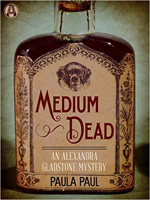 Your first three books in the Gladstone series were indie published, but later books in the series (Medium Dead and For Dead Men Only) were published by Alibi, Random House/Penguin’s digital-only imprint. Tell us how that change came about, from indie publishing to publishing with a big house.
Your first three books in the Gladstone series were indie published, but later books in the series (Medium Dead and For Dead Men Only) were published by Alibi, Random House/Penguin’s digital-only imprint. Tell us how that change came about, from indie publishing to publishing with a big house.
The series was originally published by Berkeley. The books went out of print for a while and an indie publisher picked them up. They sold fairly well, so Random House/Alibi agreed to continue the series. In the confusing world of publishing, Berkeley is now a part of the Random House group.
When did you know you were a writer?
Like most writers, I have always been an avid reader. Reading everything I could get my hands on led me to making up stories in my head when I was quite young, and that led to writing. I can’t think of a moment when I knew I was a writer. It seems now that I always thought of myself as a writer. I have certainly had many moments when I thought of myself as a not-very-good writer!
What are the challenges in writing a series?
For me, the greatest challenge is having the characters grow and change over the course of several books. It is much easier to do that in just one book.
Do you have a message or a theme that recurs in your writing?
A recurring theme is the struggle of women to gain equality in modern times and throughout history.
What are your strengths as a writer, and what do you do to overcome your weaknesses?
My greatest strength is perseverance. My greatest weakness is self-doubt. I overcome that by writing almost every day and by self-critiques in order to find ways to improve.
How has your experience as a journalist helped you in your fiction writing?
A journalist writes to be understood. There is much less emphasis on style or creating a poetic phrase with metaphors and similes. While fiction writing frees a writer to wax poetic more often, I think it is of tantamount importance to be understood—to be easy to read. If you work at it, you can do both. While I did some magazine writing, I spent most of my journalism career as a newspaper reporter for daily newspapers. That certainly teaches one to write fast and to meet deadlines, and I’ve found that helpful.
What is your writing routine like? What is your writing process like?
As for routine, I usually start writing in the late morning or early afternoon and write until I have completed my quota of 1500 to 2000 words a day. I try to do that five days a week, but if I get too far behind, I work on weekends to get caught up. The process is to first work out what I’m trying to say in the book, then write a skimpy synopsis. Using the synopsis, I make a chapter-by-chapter outline, except some of the chapters are left blank or some have only one word such as “danger.” Then I start to write, filling in the blanks and shuffling things as I go along. I may change my mind about a motivation or an event as I write, but I just write myself a note to go back and change it while I just keep forging ahead, writing to the end. It’s a creative process that’s almost like being in a trance, and I don’t want to tamper with it by thinking about editing.
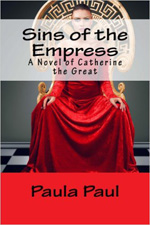 Of all the books you’ve written, which one did you enjoy writing the most?
Of all the books you’ve written, which one did you enjoy writing the most?
I have two books that I really enjoyed writing. The first was Sweet Ivy’s Gold (now out of print) set in 1880s Cripple Creek, Colorado. The second was Sins of the Empress, the story of Catherine the Great set in Russia in the 18th and 19th centuries. I enjoyed writing them because they required a great deal of in-depth research, which I love. In the case of Sins of the Empress, it was both challenging and satisfying to make real characters come alive. Since Catherine the Great has such a salacious reputation, it was challenging and satisfying to make her a sympathetic character.
What are the hardest kinds of scenes for you to write, and what do you do to break through this “block?”
I can’t say that any particular kind of scene is harder for me to write than any other. When I hit a block it is almost always because I am trying to force the story into a direction that isn’t right. When this happens, I sometimes have a “conversation” with my characters. To do this, I will start with a question such as “This story isn’t moving forward, what’s wrong?” Or “Why won’t you let me put you in that situation?” Or something similar. Then I let the character talk, and I just type whatever comes into my head. Usually the character wants to talk about himself or herself, and sometimes it takes a while to see how that relates to the story, but I just keep typing and letting him or her talk. Eventually a solution comes. It’s not always the one I expected or even wanted, but it seems to work for me.
Do you have other creative outlets besides writing?
At the moment, my other creative outlet is playing the piano. I’m adequate at it but not particularly good at it. I think it helps my creativity because it helps me teach my brain to learn and then to act automatically. I used to enjoy sewing and cooking as creative outlets, but I would let them interfere with my writing time. The older I get, the more protective I am of my writing time and the more willing I am to let other interests go.
What is the best encouragement or advice you’ve received in your writing journey?
The best advice came in the form of a paper weight my daughter gave me. Etched into the metal weight is this sentence: What would you attempt to do if you knew you could not fail?
What writing projects are you working on now?
The book I just finished—it doesn’t have a pub date yet—is Closet Murder. It’s the first in a series set in Santa Fe in modern times. The protagonist (and sleuth), Irene Seligman, is the owner of an upscale women’s clothing consignment store in Santa Fe. Irene has just returned to Santa Fe from Manhattan where she was an assistant DA. She came back to help her mother, Adelle, an aging socialite and a genuine pain in the…neck. When she finds a dead woman in the closet of her newly-opened store, the game is afoot. I’ve started work on the second book in the series, but it is as yet untitled.
*An elevator pitch is a quick, focused summary of your book that can be told to someone (a reader, agent, publisher, etc.) in the time it takes to complete a ride in an elevator. It’s the kind of thing you might find on the back cover of a book (or in a movie trailer) that hooks the listener into wanting to know more.
 KL Wagoner (writing as Cate Macabe) is the author of This New Mountain: a memoir of AJ Jackson, private investigator, repossessor, and grandmother. She has a new speculative fiction blog at klwagoner.com and writes about memoir at ThisNewMountain.com.
KL Wagoner (writing as Cate Macabe) is the author of This New Mountain: a memoir of AJ Jackson, private investigator, repossessor, and grandmother. She has a new speculative fiction blog at klwagoner.com and writes about memoir at ThisNewMountain.com.
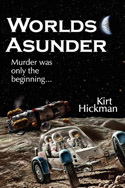 Kirt Hickman is a technical writer turned fiction author. His books include three sci-fi thriller novels Worlds Asunder (2008), Venus Rain (2010) and Mercury Sun (2014), the high fantasy novel Fabler’s Legend (2011), and the writers’ how-to Revising Fiction: Making Sense of the Madness (2009).
Kirt Hickman is a technical writer turned fiction author. His books include three sci-fi thriller novels Worlds Asunder (2008), Venus Rain (2010) and Mercury Sun (2014), the high fantasy novel Fabler’s Legend (2011), and the writers’ how-to Revising Fiction: Making Sense of the Madness (2009).
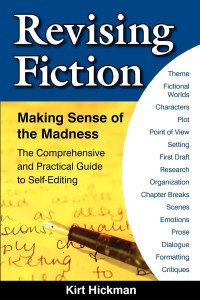
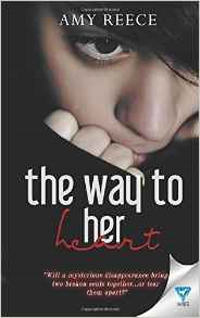
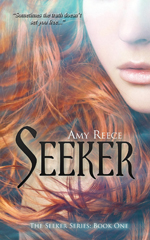
 KL Wagoner (writing as Cate Macabe) is the author of This New Mountain: a memoir of AJ Jackson, private investigator, repossessor, and grandmother. She has a new speculative fiction blog at
KL Wagoner (writing as Cate Macabe) is the author of This New Mountain: a memoir of AJ Jackson, private investigator, repossessor, and grandmother. She has a new speculative fiction blog at  “Grandpa, I think you have scurvy.” The three-year old we met, while waiting for our table at the Range Cafe, had heard the word on the television the day before and was diagnosing everyone with it, her mother said. It’s easy for me to understand how a child can become enchanted with a new and different word, especially a word like scurvy, that feels so good squirting out of the corner of your mouth, between tooth and cheek. It’s got a strong “r” in it, like a pirate word, and sounds exotic enough that you might just be getting away with something.
“Grandpa, I think you have scurvy.” The three-year old we met, while waiting for our table at the Range Cafe, had heard the word on the television the day before and was diagnosing everyone with it, her mother said. It’s easy for me to understand how a child can become enchanted with a new and different word, especially a word like scurvy, that feels so good squirting out of the corner of your mouth, between tooth and cheek. It’s got a strong “r” in it, like a pirate word, and sounds exotic enough that you might just be getting away with something.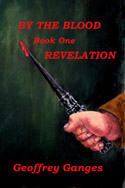
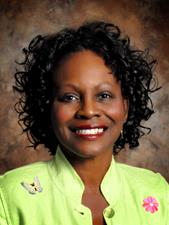
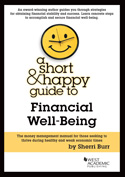



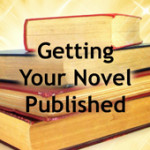 SouthWest Writers’ novel conference is 5 weeks away, but the deadline for early bird pricing ends in less than a week—on April 14. SWW members pay just $99 and nonmembers pay $119 during early registration. On April 15, the rates go up to $119 for members and $139 for non-members. Full-time students receive the discounted rate of $50 regardless of the deadline.
SouthWest Writers’ novel conference is 5 weeks away, but the deadline for early bird pricing ends in less than a week—on April 14. SWW members pay just $99 and nonmembers pay $119 during early registration. On April 15, the rates go up to $119 for members and $139 for non-members. Full-time students receive the discounted rate of $50 regardless of the deadline.